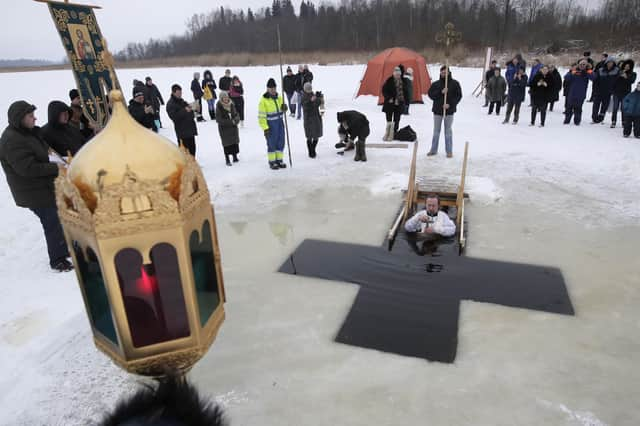The News Letter remembers the ‘remarkable’ days of January (1815)


Many of these “holidays” have gone by the wayside in the last two hundred years.
January 6, Epiphany – “The Epiphany, or manifestation of Christ to the Gentiles, appears to have been first observed in 813, in honour of the ancient Magi. On this day, the King of Great Britain, either personally or through his chamberlain, offers gold, frankincense, and myrrh, at the altar. As this festival is held twelve days after Christmas, it is vulgarly called ‘Twelfth Day’.”
Advertisement
Hide AdAdvertisement
Hide AdJanuary 10, ‘Plough Monday’ – “This day always happens on the Monday following the Epiphany; and in former times, in England, the morning was devoted to the examination of their ploughs, after the festivities of Christmas has terminated. The various observances of Plough Monday, in the North of England, bear a strong resemblance to the Fete de Foux, or Feast of Fools, formerly practised on 1st January. This festival consisted of a burlesque election of a mock pope, mock cardinals, and mock bishops, attended with a number of absurd and indecent ceremonies, gambling and antics. It was introduced with the intention of ridiculing the druidical rites, as well as the Roman Saturnalia. In the latter, men and women exchanged dresses; and in the North of England, the young still enjoy dancing on Plough Monday, each attired in the opposite sex. The common mode of passing this holiday in the country, is to drag the plough from door to door, and solicit plough money – spending it in drinking and dancing.”
January 30, King Charles I, Martyr – “The event this day is intended to record is amply detailed by various historians of England – A club was instituted by the adherents of Cromwell to commemorate the beheading of Charles, calling themselves the Calves’ Head Club, who met privately on 30th January; after the table cloth was removed, an anniversary anthem was sung, and a calf’s skull filled with wine or liquor; and then a brimmer [a vessel, such as a glass or bowl, filled to the brim] went about to the memory of those patriots who had delivered the country from the arbitrary sway of the tyrant.”
Comment Guidelines
National World encourages reader discussion on our stories. User feedback, insights and back-and-forth exchanges add a rich layer of context to reporting. Please review our Community Guidelines before commenting.